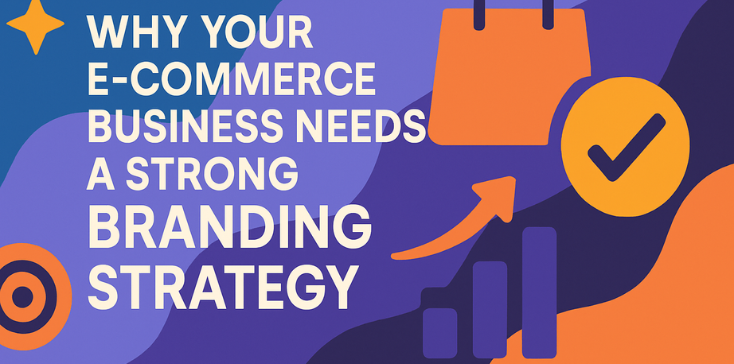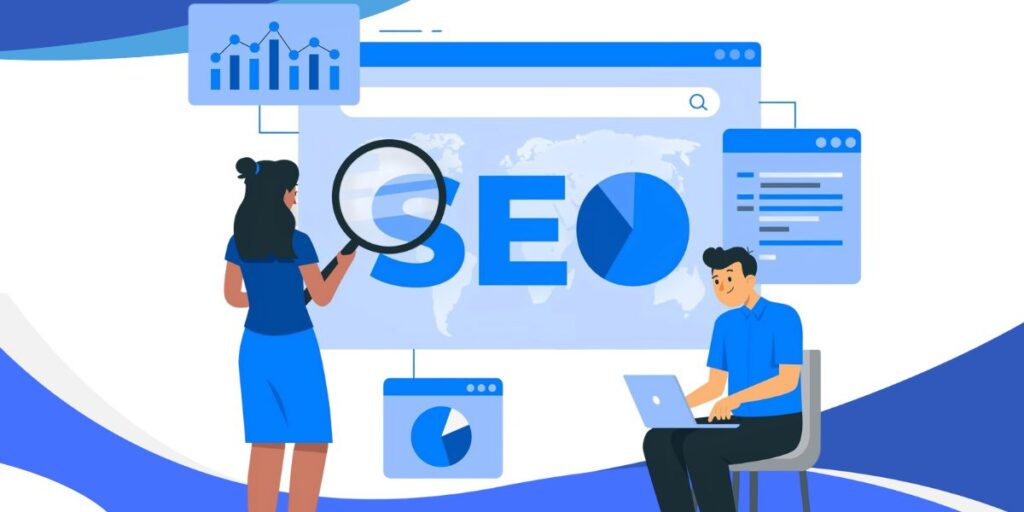When it comes to LinkedIn Ads for B2B eCommerce, they aren’t just another line in the marketing budget. They are often the difference between chasing unqualified leads and getting in front of real decision-makers who are actively looking for solutions.
After over a decade running B2B campaigns, especially for eCommerce SaaS and service providers, I’ve seen how LinkedIn consistently delivers results that other platforms can’t match. The cost per lead might look steep at first glance, but if your product solves a real business problem, LinkedIn is one of the most efficient ways to reach high-intent buyers who are ready to engage.
Let’s walk through exactly what is LinkedIn Ads for B2B eCommerce and how to structure campaigns to get the best possible return on your investment.
Why LinkedIn Is the Best Platform for B2B eCommerce Brands
LinkedIn is not a social platform people scroll for entertainment. It is a professional network where your buyers are actively thinking about their roles, goals, and business pain points. That matters because it creates an environment where decision-makers are more open to discovering new solutions.
For B2B eCommerce brands—especially those targeting niche industries or enterprise teams—LinkedIn is often the only channel that offers the targeting precision needed to make paid campaigns profitable.
We’ve worked on LinkedIn Ads for B2B eCommerce for clients in logistics, procurement SaaS, and wholesale platforms. Across the board, LinkedIn consistently brought in higher-quality leads compared to Meta or Google Ads. Even when the cost per lead was three times higher, the conversion-to-opportunity rate justified the spend every time.
LinkedIn Ads for B2B eCommerce Funnel Strategy That Delivers
Many B2B marketers make the mistake of jumping straight to demo ads. That approach with LinkedIn Ads for B2B eCommerce rarely works with cold audiences. What does work is a full-funnel strategy that builds trust and intent over time.
- At the top of the funnel, share useful content such as industry reports, market insights, or calculators. Offer it without a gate to reduce friction and build awareness.
- In the middle of the funnel, retarget your engaged users with webinar invites, LinkedIn lead generation forms, or product comparison guides. These pieces should align with the user’s growing interest.
- At the bottom of the funnel, use high-intent calls to action like “Get a Custom Quote” or “Request a Demo.” Only show these once your audience has interacted with your brand multiple times.
At Growwithba, we followed this funnel strategy for a B2B payments client. The first touchpoint was a frictionless eBook download. A month later, we introduced a gated ROI calculator. Leads from that second stage converted into pipeline at over 20 percent, outperforming every other channel.
Smart LinkedIn Targeting With LinkedIn Ads for B2B eCommerce Success
- LinkedIn targeting is where the magic happens. You can filter by job title, seniority, industry, company name, company size, skills, and even group membership. That level of precision allows you to run highly focused campaigns.
- In one campaign, we targeted only Supply Chain Directors at U.S.-based wholesalers with 200 to 1,000 employees. That audience delivered a 1.3 percent click-through rate and a cost per lead of $72—results that were significantly better than anything we saw on Facebook or Google.
- Matched audiences also play a crucial role. You can upload your CRM list, build lookalike audiences, and layer in filters to focus on your ideal customer. Pair that with insights from Sales Navigator, and your targeting becomes both strategic and effective.
LinkedIn Ad Costs vs. Lead Quality: What You Need to Know
Yes, LinkedIn Ads are more expensive than other platforms. CPMs often reach $90 or more, and cost per lead can range from $70 to $200.
But for B2B eCommerce brands selling high-ticket solutions, the focus should be on lead quality, not volume. If your product has a $25,000 annual contract value, you only need a handful of qualified leads each month to justify your ad spend.
To control your budget without sacrificing performance, use LinkedIn’s native lead generation forms. Keep your audience tight, between 30,000 and 100,000 people. Limit your targeting by geography and industry until you find your best-performing segments. And above all, keep your creative short, direct, and relevant.
We’ve run multiple campaigns with this structure and consistently achieved cost per leads between $50 and $90—well within the range of profitable acquisition.
How to Use LinkedIn’s Ad Tools the Right Way
LinkedIn offers several native tools that can significantly improve your results. Install the Insight Tag on your website immediately. It enables retargeting, conversion tracking, and better reporting.
Lead gen forms are essential. They convert better than landing pages and sync easily with your CRM. Lookalike audiences help you expand your reach intelligently, without casting too wide a net. Conversation Ads can also work well for mid-funnel efforts like event invites or demo offers.
When you combine these tools with external platforms like Sales Navigator or lead enrichment tools, LinkedIn becomes a complete demand generation engine rather than just a traffic source.
Real Results from Growwithba’s LinkedIn Campaigns
For every B2B eCommerce brand we support, the LinkedIn Ads playbook begins with clear targeting and a value-first mindset. One campaign we ran for a wholesale ERP provider generated 90 sales-qualified leads in just three months, with an average cost per lead of $75.
We launched with a downloadable industry trends report and followed it with a lead nurture sequence. The leads from this campaign not only converted at a high rate but also stayed engaged throughout the sales cycle. The campaign became the client’s highest-converting source of pipeline.
It wasn’t flashy. It was structured, strategic, and grounded in knowing exactly who we needed to reach.
FAQ: Quick Answers for B2B LinkedIn Ad Campaigns
Does LinkedIn Ads for B2B eCommerce retargeting actually work?
Yes. Use the Insight Tag to create audiences based on page views, form submissions, or even video engagement. Retargeting lets you stay top-of-mind without being intrusive.
Is LinkedIn Ads too expensive for smaller B2B brands?
LinkedIn isn’t cheap, but for brands with a high customer lifetime value, it delivers qualified leads that justify the spend. It is not ideal for low-margin offers, but perfect for specialized B2B eCommerce products.
How long does it take to see results?
You can start seeing early engagement within two to three weeks. For qualified leads and conversions, give it six to eight weeks to see meaningful outcomes.
Are lead gen forms better than landing pages?
In most cases, yes. LinkedIn lead gen forms reduce friction and have higher conversion rates. They also allow you to collect key data points without asking users to leave the platform.
Can you run LinkedIn Ads without a full marketing team?
Yes, as long as you have clear messaging, good creative, and a well-defined audience. A small team can manage and optimize campaigns effectively with the right process.
Final Word on LinkedIn Ads for B2B Growth
LinkedIn Ads are not the right fit for every brand, but they are a strong growth channel for B2B eCommerce companies that understand their audience and have a focused, valuable offer. When campaigns are built with strategic intent, combining precise targeting, helpful content, and a logical customer journey, LinkedIn delivers more than clicks. It delivers business outcomes.
With the right structure in place, LinkedIn Ads can evolve from a test budget experiment into one of your highest-performing acquisition channels. If you are refining your strategy or unsure where to start, I have spent years running these campaigns and can help you skip the guesswork and focus on what truly works.
![BA LOGO 2[1] Logo](https://growwithba.com/wp-content/uploads/elementor/thumbs/BA-LOGO-21-rctdwc6e44k0gscol760abdhmupxvrcikanaiw5kow.png)



